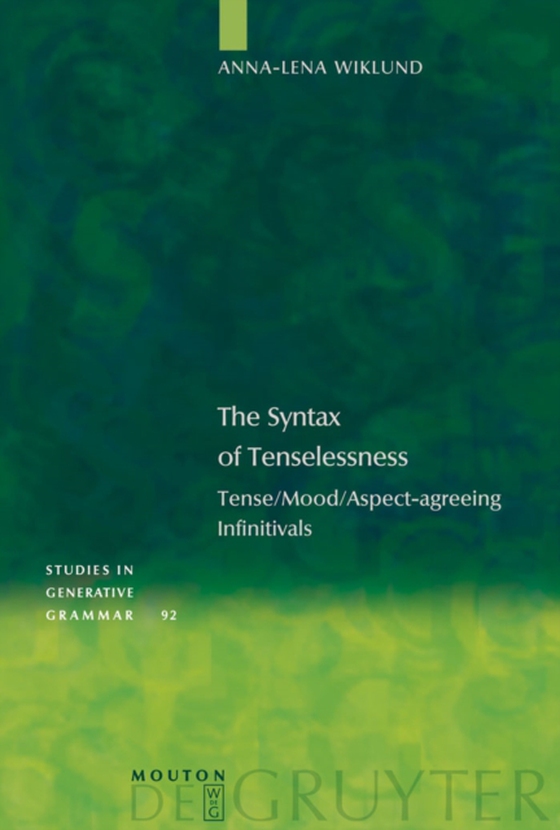
Syntax of Tenselessness e-bog
1240,73 DKK
(inkl. moms 1550,91 DKK)
Tense/Mood/Aspect-agreeing Infinitivals is an in-depth investigation of the syntax of verb-verb agreement phenomena in Swedish, including pseudocoordinations of the form John started and wrote 'John started writing' and double participles of the form John had been-able written 'John had been able to write'. Providing evidence from facts concerning extraction, locality, selection, and interpr...
E-bog
1240,73 DKK
Forlag
De Gruyter Mouton
Udgivet
22 august 2008
Længde
238 sider
Genrer
Grammar, syntax and morphology
Sprog
English
Format
pdf
Beskyttelse
LCP
ISBN
9783110197839
Tense/Mood/Aspect-agreeing Infinitivals is an in-depth investigation of the syntax of verb-verb agreement phenomena in Swedish, including pseudocoordinations of the form John started and wrote 'John started writing' and double participles of the form John had been-able written 'John had been able to write'. Providing evidence from facts concerning extraction, locality, selection, and interpretation, the book argues that the relevant construction types all involve surface variants of "e;infinitives in disguise"e;; infinitivals that agree with the matrix clause in tense/mood/aspect. Arguments are presented in favour of taking the dependencies underlying the agreement to be instances of Agree between functional heads of the same label, a configuration that yields restructuring/clause-union. The main theoretical contributions of the book are two: (i) Agreement is proportional to functional structure: The possibility of "e;copying"e; a particular morphosyntactic form is contingent on the presence of the corresponding functional projection in the agreeing XP. (ii) Size constancy between restructuring/non-restructuring infinitivals: The category selected by a verb may remain constant between restructuring and non-restructuring configurations. It is suggested that an important aspect of restructuring may be alternation between unmarked (negatively specified) features and unvalued varieties of the same features, capturing properties such as "e;tenselessness"e;, "e;finitelessness"e;, etc. of restructuring infinitivals. The book is an important contribution to the syntax of infinitival clauses, the syntax of clause-union/restructuring, and more generally to the syntax of agreement phenomena in natural language. In addition, it provides a general reference source for anyone interested in the syntax of Swedish and other Scandinavian languages.
 Dansk
Dansk

